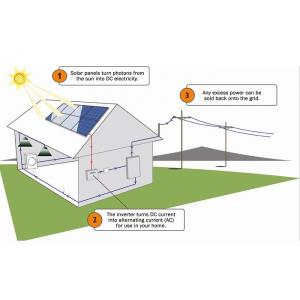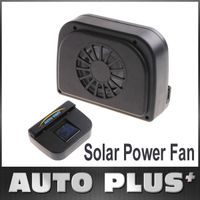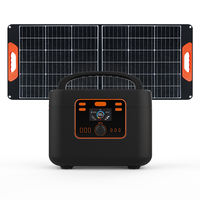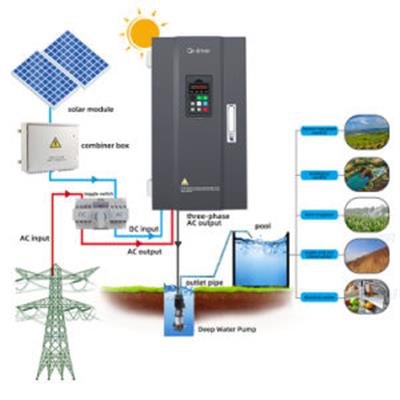Unleashing the Power of the Sun How Solar Inverters Convert Solar Energy into Usable Electricity
Unleashing the Power of the Sun: How Solar Inverters Convert Solar Energy into Usable Electricity

Understanding Solar Energy
Solar energy is one of the most abundant and cleanest sources of energy available on our planet. With the sun releasing an enormous amount of energy every hour, harnessing this power has become a necessity in our shift towards sustainable living. Solar panels capture sunlight and convert it into direct current (DC) electricity. However, most of our home appliances and electrical systems operate on alternating current (AC). This is where solar inverters come into play, transforming that direct current into usable electricity for everyday life.
The Role of Solar Inverters
Solar inverters are crucial components in any solar energy system. They act as the bridge between the solar panels and the electrical grid, determining how efficiently solar energy is converted and used. Without an inverter, the energy produced by solar panels would remain in an unusable DC form. The inverter not only converts DC to AC but also regulates the electric current to ensure a smooth and consistent supply of power. This process is essential for keeping homes powered without interruption, allowing homeowners to enjoy all their modern conveniences without relying on fossil fuels.
How the Conversion Process Works
When sunlight strikes solar panels, photons collide with the silicon cells, generating DC electricity. This electricity flows to the solar inverter, which uses a process called pulse width modulation. This technique rapidly switches the DC current on and off, mimicking AC electricity. The inverter also ensures that the voltage is properly adjusted to match the needs of the household or the grid. This conversion takes place almost instantaneously, resulting in a seamless integration of solar power into daily life.

Types of Solar Inverters
There are several types of solar inverters available, each designed for specific needs and applications. The most common types include string inverters, microinverters, and power optimizers. String inverters are commonly used for residential systems, where multiple solar panels are connected in series. Microinverters, on the other hand, are installed on each individual solar panel, allowing for enhanced performance and flexibility. Power optimizers work in conjunction with string inverters, maximizing the efficiency of each panel while maintaining overall system performance. Understanding the right type of inverter for a solar setup is key to maximizing energy production.
The Importance of Efficiency
Efficiency in solar inverters is crucial for maximizing energy output from solar panels. An efficient inverter minimizes energy loss during the conversion process, ensuring that more of the harvested solar energy is available for use. Many modern inverters boast efficiency ratings exceeding 95%, which means that only a small fraction of energy is lost during conversion. Advanced features such as monitoring systems and smart technologies further enhance efficiency, allowing homeowners to track their energy production and consumption in real-time.
The Future of Solar Inverters
As the demand for renewable energy continues to rise, so does the innovation surrounding solar inverters. The future promises even more advanced technologies, such as integrated energy storage solutions, which will allow households to store excess energy generated during sunny days for use during evenings or cloudy weather. Additionally, innovations in smart grid technology will further improve the interactions between solar systems and the electrical grid, promoting greater energy resilience and efficiency.
Conclusion: A Sustainable Energy Future
In conclusion, solar inverters play a vital role in converting solar energy into a usable form of electricity, making renewable energy accessible to households around the world. With ongoing advancements in inverter technology, the future looks bright for solar energy, paving the way for a sustainable energy landscape. As we continue to embrace green technologies, solar inverters will undoubtedly be at the forefront of this revolution, helping us harness the true potential of the sun.

